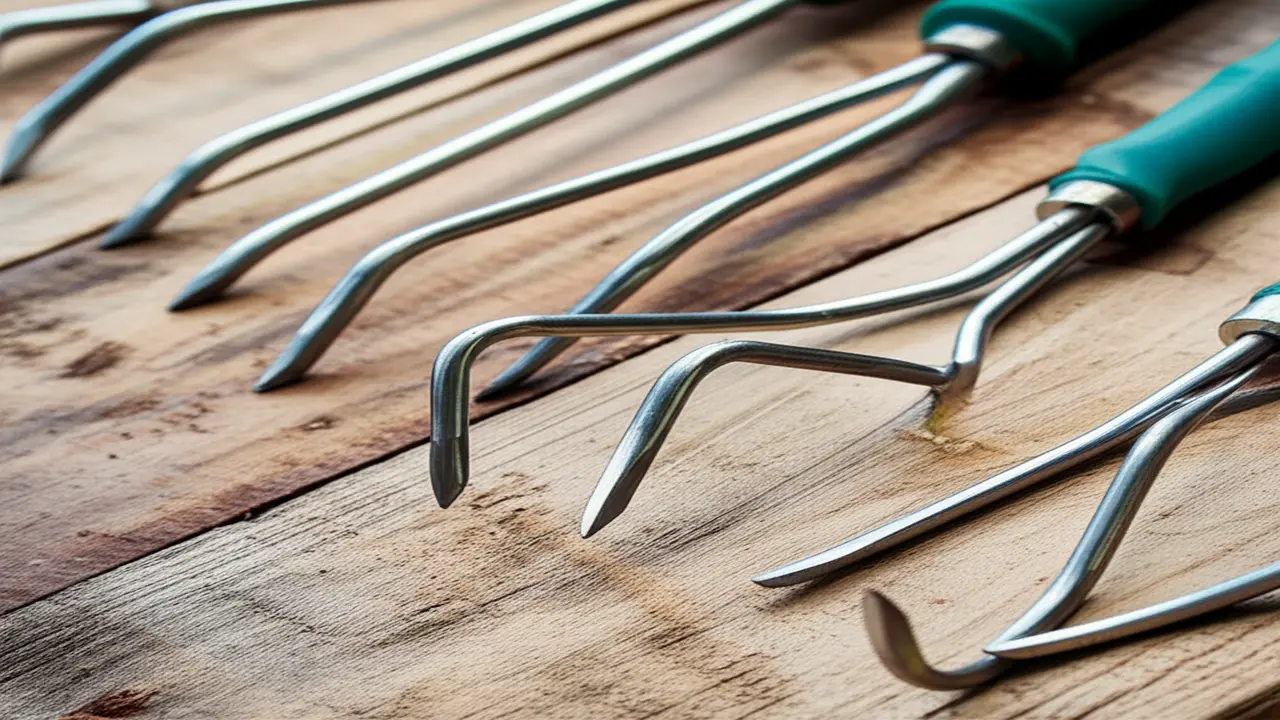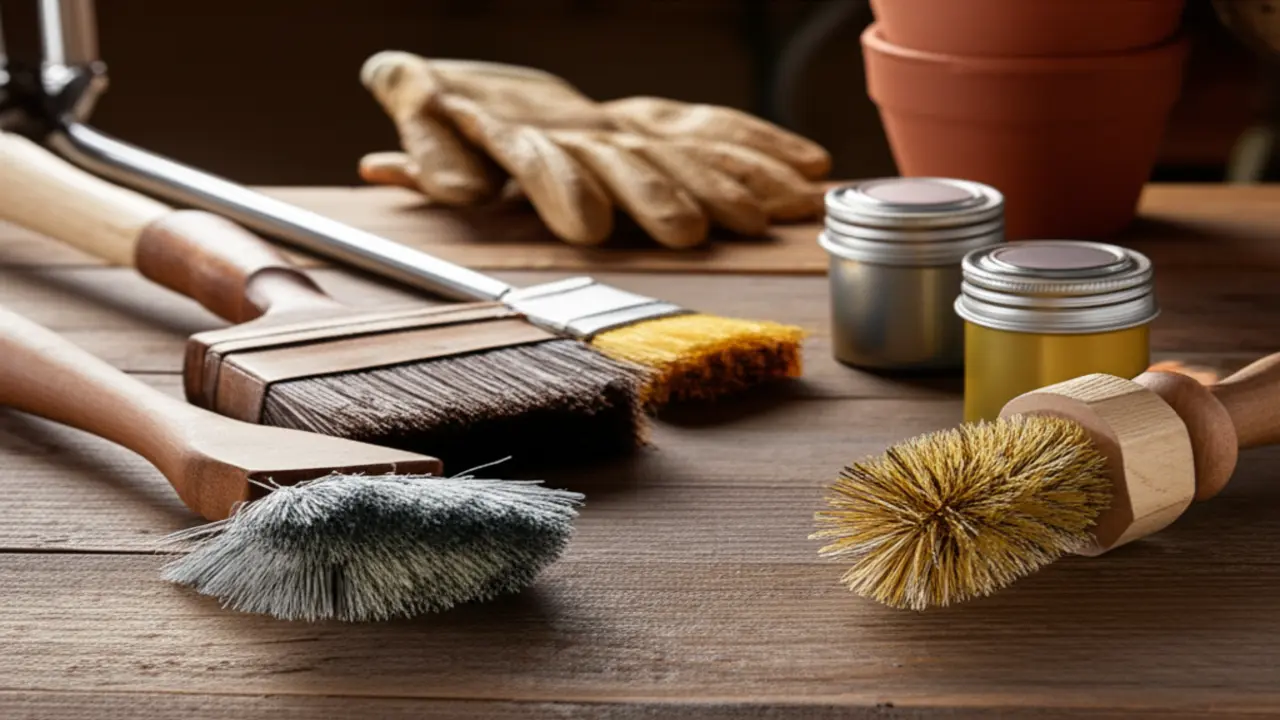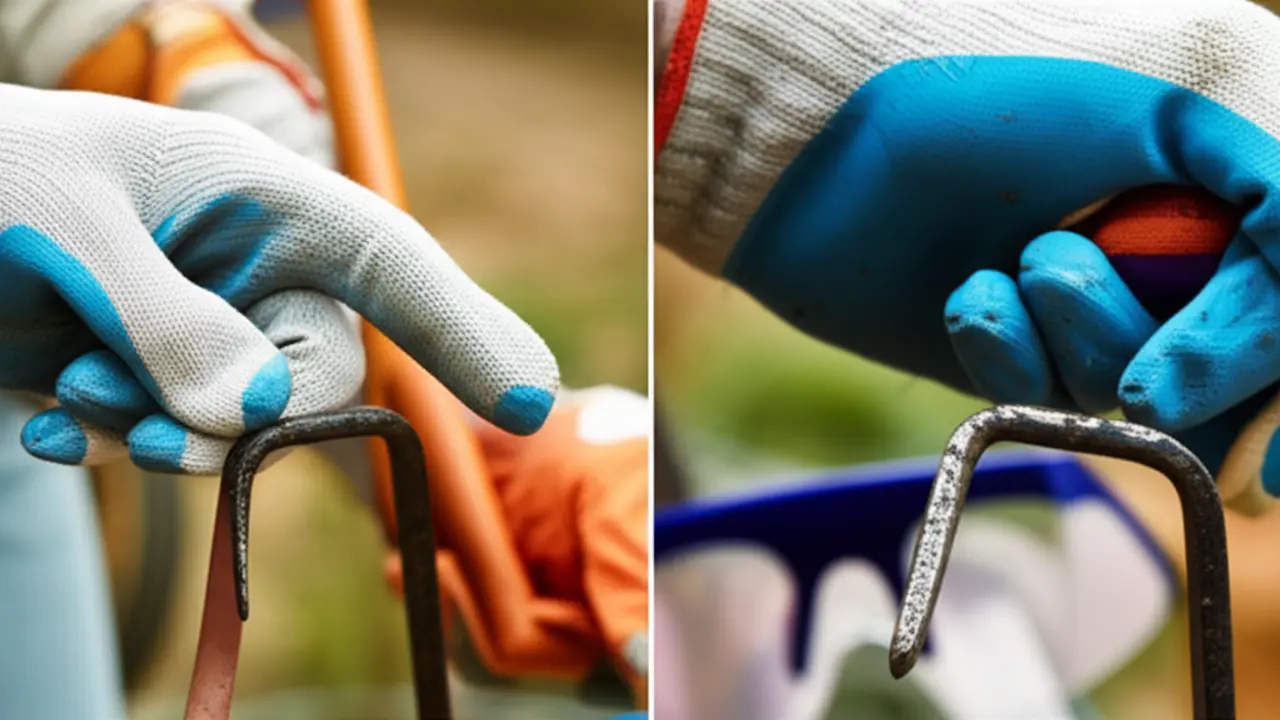Hand Cultivator Tines: Ultimate 2025 Guide to Types, Use & Maintenance
The humble hand cultivator is a fundamental tool in gardening and soil cultivation, but its efficiency hinges largely on one critical component—the hand cultivator tines. These tine elements are responsible for loosening soil, removing weeds, and aerating earth without the bulk of heavy machinery. In this comprehensive 2025 guide, we explore the intricate world of hand cultivator tines, delving into their types, uses, proper maintenance, and common troubleshooting to ensure optimal gardening performance.
I. Introduction: The Crucial Role of Tines in Your Hand Cultivator
The core function of any hand cultivator is delivered through its tines—pronged metal elements extending from the tool’s head to interact directly with the soil. These tines penetrate, break, and mix the soil to prepare a healthy ground for planting. Their shape, material, and condition govern how effectively the cultivator performs across different gardening tasks. This article’s purpose is to provide gardeners and horticulture enthusiasts with clear knowledge about hand cultivator tines, their maintenance, and troubleshooting guidance, promoting longer tool life and better soil cultivation results.
II. Understanding Hand Cultivator Tines
A. What are Tines?
Tines are the slender, elongated prongs that extend from the cultivator head, designed to engage soil. Their roles encompass loosening compacted topsoil, uprooting weeds, breaking soil clumps, and mixing in organic amendments. The shape and number of tines critically affect the cultivator’s efficiency—fewer tines may concentrate force for tougher soil, while more numerous or curved tines offer gentle aeration and debris sifting.
B. Anatomy of a Cultivator Head (Focus on Tines)
The cultivator head is the assembly point for tines. Typically made of durable steel alloys, the head securely anchors the tines with welded or bolted connections to withstand repetitive manual soil engagement. Common materials include carbon steel and stainless steel, chosen for their strength and resistance to wear and corrosion.
C. Why Tine Quality Matters
The selection of tine materials dramatically influences durability, strength, and resistance to corrosion. Hardened steel offers toughness to resist bending and breaking when working rocky or clay-rich soils, while stainless steel provides superior rust resistance for humid environments. Moreover, tine thickness and construction precision contribute to longevity and performance, supporting consistent soil penetration and minimal user fatigue.
III. Types of Hand Cultivator Tines and Their Uses
A. Common Tine Shapes & Designs
Hand cultivator tines come in various shapes and designs tailored to specific gardening tasks. Common configurations include:
- 3-tine cultivators featuring three evenly spaced prongs for broad soil loosening.
- U-shaped tines ideal for sifting and aerating soil without disturbing plant roots.
- Straight tines designed for breaking compacted soil and mixing amendments.
- Curved tines which effectively uproot shallow-rooted weeds and create furrows.

B. Tine Design vs. Gardening Task
Each tine design complements particular tasks. For example, straight tines excel in loosening dense soil and breaking clods, while curved tines are effective for shallow weeding and integrating compost. The spacing between tines also dictates soil interaction—closer spacing suits fine soil preparation and seedbed formation, while wider spacing helps in rocky or root-laden grounds by preventing clogging.
C. Tines for Different Soil Types
Soil composition dictates the appropriate tine choice—clay soils require sturdy tines capable of penetrating dense material, sandy soils benefit from gentler designs to avoid over-disturbance, and rocky soils demand hardened and thicker tines to resist bending. Improper tines in heavy, hard-packed soils risk deformation and reduced tool life.
IV. Maintaining Your Hand Cultivator Tines: Step-by-Step Guide
A. Routine Cleaning After Use
Routine cleaning preserves tine function and longevity. After each gardening session, remove soil and debris using a stiff brush or cloth. Avoid prolonged soil residue as this promotes rust. Tools such as wire brushes and oil sprays help ensure a clean and lubricated surface.

Tip: Use only lightweight lubricating oils to prevent grime buildup without attracting dirt.
B. Preventing & Removing Rust
Rust forms when tines are exposed to moisture and oxygen. Prevent rust by drying tines thoroughly after cleaning and applying protective oil coatings before storage. For rust removal, abrasive pads or rust converters safely restore metal surfaces.
C. Straightening Bent Tines
Bent tines impair soil penetration and may worsen with use. Identify bent tines by visual inspection and altered alignment. Use pliers or gentle hammering on a solid surface to straighten, always wearing protective gloves and eye protection.

Warning: Do not attempt straightening severely compromised or cracked tines—replacement is safer and more effective.
D. Sharpening Tines (If Applicable)
Sharp tines can enhance soil penetration but are not always necessary. If sharpening, use fine files or grinders carefully to maintain original tine profile without overheating or weakening the metal.
V. Troubleshooting Common Tine Problems
A. Why Tines Bend or Break
Bending or breaking occurs due to excess force, hitting rocks or roots, or using inappropriate tine types for the soil. Quality of material and construction deficiencies can also predispose tines to damage.
B. What to Do When a Tine Bends
Refer to the straightening guide above. Assess if the tine regains functionality without cracks. If compromised, consider replacement.
C. What to Do When a Tine Breaks
Most hand cultivators allow replacement of broken tines. Welding is an option but typically less durable and requires professional service. Ordering manufacturer parts or compatible steel replacement tines is generally recommended.
D. Assessing Damage: When to Repair vs Replace
For minor bends or surface rust, cleaning and straightening suffice. For fractured or severely warped tines, replacement ensures proper soil cultivation and safety.
VI. Choosing a Hand Cultivator: What to Look for in Tines
A. Evaluating Tine Material and Construction
Seek tines made from high-quality carbon or stainless steel, ensuring hardened tips and corrosion resistance. Construction should include solid welds or secure fastenings to minimize wobble or tine loss.
B. Considering Number and Shape of Tines
Match tine count and shape to typical gardening needs—for example, 3-tine models for general-purpose ease or curved 5-tine models for weed control and aeration.
C. Handle Ergonomics Related to Tine Use
Ergonomic handles reduce user fatigue and improve leverage, enabling better soil penetration with less exertion. This complements tine effectiveness, especially in hard soils.
VII. Conclusion: Keeping Your Tines Ready for the Garden
Maintaining your hand cultivator tines in prime condition enhances garden productivity and prolongs tool life. Regular cleaning, rust prevention, timely repairs, and appropriate tine selection allow gardeners to toil with confidence, transforming their soil for robust plant growth year after year. Incorporate tine care into your gardening routine and experience its tangible impact.
For additional information on gardening tools and complementary implements, consider exploring our Best Garden Spades guide. Learning about related tools supports better soil preparation and overall garden health.
For more expert advice on hand cultivators, check out authoritative external resources such as Garden Tool Reviews and Gardening Know How for extended knowledge on hand cultivator varieties and uses.
Frequently Asked Questions (FAQs)
- What are the best material types for hand cultivator tines?
- Carbon steel offers excellent hardness and durability, ideal for tough soils, while stainless steel resists rust, suitable for humid conditions or infrequent use.
- How often should I clean and oil my cultivator tines?
- After each gardening session, remove soil and debris, dry tines, and after thorough cleaning periodically apply a light oil layer to prevent rust.
- Can I sharpen my hand cultivator tines?
- Sharpening is optional and depends on tine design. Use fine metal files carefully to maintain shape without weakening the metal.
- What tine shape works best for rocky soil?
- Thick, straight, or slightly curved hardened tines spaced appropriately help withstand impact and prevent bending in rocky soils.
- Are replacement tines widely available?
- Yes, many manufacturers offer replacement tines compatible with popular hand cultivator models; check brand-specific or universal steel replacement options.
